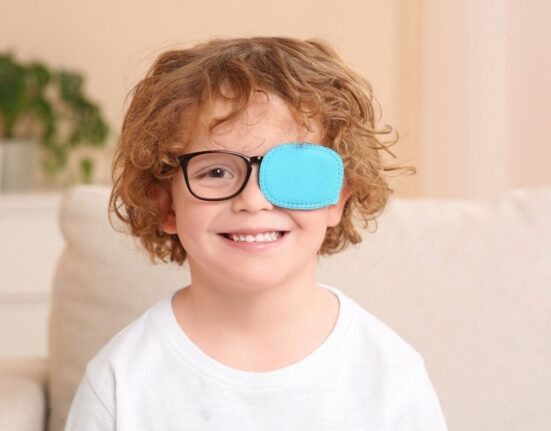Introduction:
This disease can occur in any part of life. In Strabismic, one eye creates an image of one side of the brain and the other eye presents a different image from it. It means that two different images are being formed on the brain, the brain does not accept this in any case. Blurred vision is mostly seen in children, but it can affect you at any stage of life.
Strabismic in children or older people can be caused by various medical conditions such as cerebral palsy or physical paralysis.
1. What is squint or cross eyes?
Cross-eyes, also known as “strabismus,” is a condition in which your eyes do not line up. In this, the eyes look in different directions and each eye will focus on a different object.
In strabismus, the eyes may point inward or outward or focus in different directions, and signs of strabismus include: blurred vision, double vision, decreased depth perception, pain in the eyes or Headaches. These symptoms can be constant or appear only when you are tired or not feeling well.
2. Causes of Strabismic:
Strabismic is caused by nerve damage or when the muscles around your eyes don’t work together because some muscles are weaker than other muscles. When the brain receives a different visual message from each eye. It ignores the signals coming from your weak eye. If the eye condition is not right, it can lead to Strabismic.
3. Dandruff in children
Strabismus is common in children. The underlying cause is often unknown. Infantile esotropia is a special type of strabismus that appears in children in the first year. Sometimes strabismus runs in families and is corrected with surgery. It occurs in children between two and five years of age and is usually corrected with glasses.
One type is “acquired amblyopia.” In this, children usually see with their eyes crooked in imitation of someone else. This occurs between the ages of two and five, but is corrected with regular use of glasses.
Medical condition
Strabismic can occur in any part of life. It is usually caused by physical disorders. For example, eye injury, cerebral palsy, physical paralysis etc.
Allah Ta’ala has given us two eyes. When we look at an object, both eyes automatically turn towards that object. If for some reason the coordination of these two eyes is damaged, then the disease of Strabismic appears.
Imbalance can generally be caused by any of three reasons:
- The brain could not maintain the balance of the movements of the two eyes.
- The performance of one eye becomes impaired for some reason. For example, due to cataract, macular degeneration, the vision of one eye is naturally much weaker than the other, etc.
- One or more of the 12 muscles that control eye movements become diseased and do not function properly. Get hurt.
Disadvantages of Strabismic
Many a times squint leads to psychological confusion because the face is distorted. In children with muscle paralysis, the head and face can unconsciously assume a normal position. Mehre is likely to be damaged for life. Headache, dizziness, slurring of words while reading are common symptoms of this disease.
Their presence affects the children’s performance. Children become distracted from studies. People start to avoid work for which they do not even understand the reason. It is possible to cure it in most patients. It is related to the defect. If the eye function is poor and its ability to function can be improved in some way, it will correct the Strabismic. For example, cataract surgery. If glasses are needed. If possible, the use of glasses gradually corrects the curvature. Thus, if the muscles are paralyzed or congenitally weak, it is often possible to improve their performance.
Conclusion
Strabismic can manifest at any stage of life due to various causes such as nerve damage, muscular imbalance, or underlying medical conditions like cerebral palsy. Understanding the factors contributing to Strabismic, such as squint or cross-eyes (strabismus), helps in early diagnosis and appropriate treatment. While Strabismic presents challenges, advancements in medical interventions like surgery and corrective lenses offer hope for improved vision and quality of life. Early detection and prompt medical attention remain crucial in managing and mitigating the effects of Strabismic.











Leave feedback about this